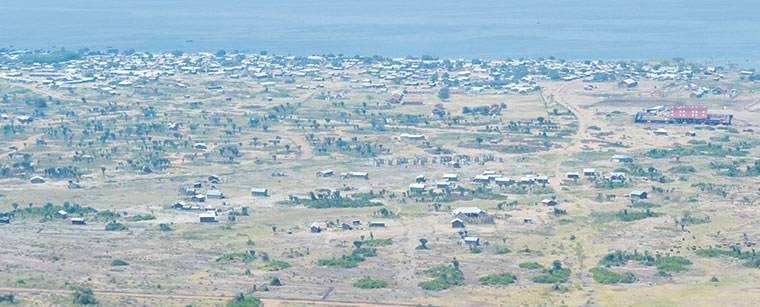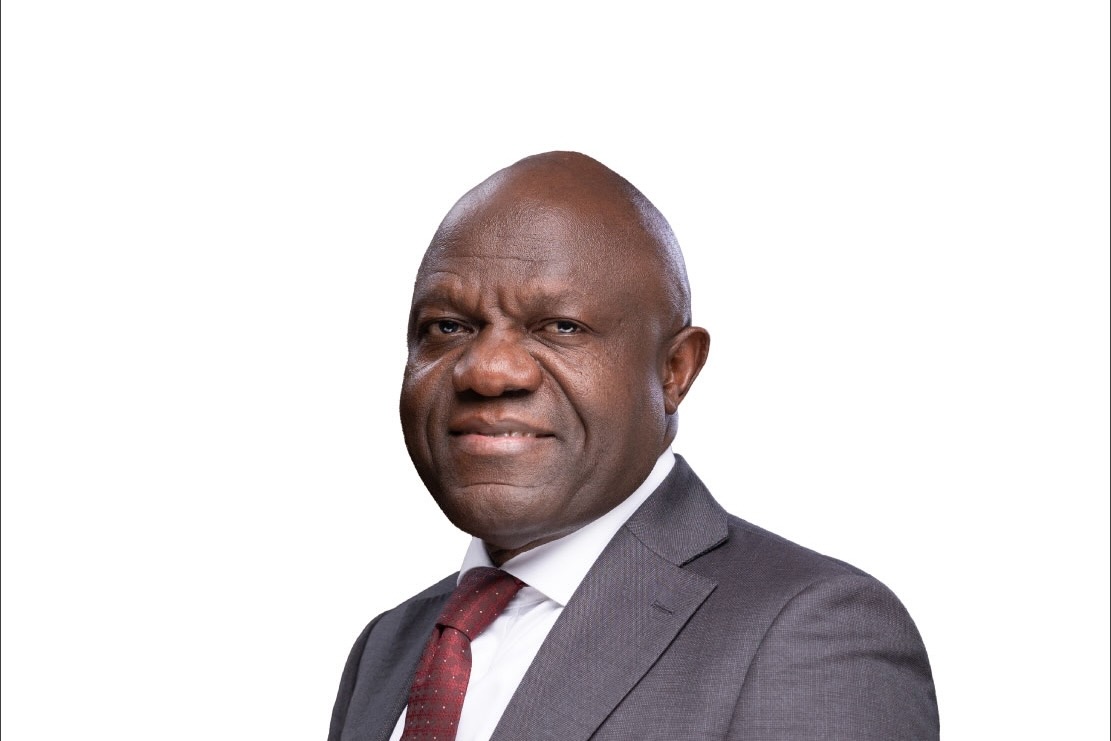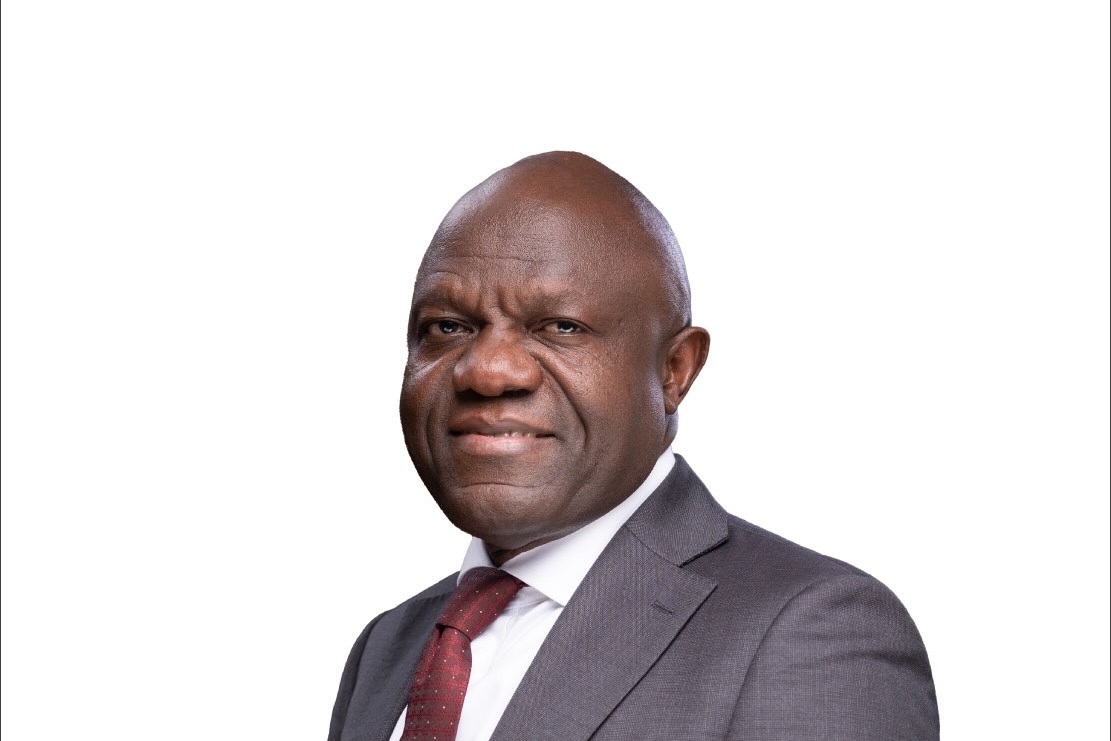Environment issues take centre stage in Uganda’s oil

The government of Uganda, oil companies and sector investors have committed themselves to respecting environment, social and governance aspects of the oil and gas sector in order to create meaningful impact to the economy for the long term.
“At least 11 wells have so far been drilled at the Tilenga and Kingfisher oil fields and more are going to be drilled,” Irene Bateebe, the permanent secretary in the ministry of Energy and Mineral Development, said recently.
We have been very deliberate to work within the environment impact assessment guidelines as provided by the National Environment Management Authority and the international framework.”
Environmental activists have continued to protest against the oil and gas project in Uganda, specifically the East African Crude Oil Pipeline, claiming the project is against the ecosystem. Some have suggested that by the time Uganda starts production, its oil and gas resources will have no value because the world is moving away from oil and gas to renewable energy.
This gives the impression that Uganda’s oil journey is progressing in disregard of environmental and social protection and against the global energy transition. When commercial quantities of oil and gas resources were confirmed in Uganda in 2006, government embarked on a process to ensure that the resources are utilized sustainably to create lasting value for Ugandans.
This process dates as far back as 2008 when the National Oil and Gas Policy was put in place. In the subsequent years, the country’s laws were updated to address Environmental, Social and Governance issues associated with the petroleum industry. In addition, new laws to address key issues from the industry, such as the petroleum waste management, climate change, and oil spills have also been enacted.
Several tools have been developed to facilitate the monitoring and management of environmental and social issues from oil and gas activities. These include a Strategic Environmental Assessment (SEA) of the oil and gas activities in the Albertine graben, which was approved by Uganda’s cabinet in 2013.
At the time, Uganda was among the first countries in Africa to undertake an SEA for its oil and gas projects, and it was the first time that such a comprehensive SEA was being undertaken for a project of any kind in Uganda.
The SEA brought out a holistic view of the key environment and social issues from oil and gas activities, such as petroleum activities in protected and environmentally sensitive areas; co-existence with local communities; and management of discharges and emissions (including potential oil spills) from the petroleum industry. These key issues were integrated into the policies, plans and programs that were consequently developed to govern the industry.
All major oil and gas developments, including, the Tilenga, Kingfisher, the East African Crude Oil Pipeline (EACOP) and refinery projects were first subjected to a preliminary environmental and social screening process that informed the conceptual design of the projects.
Barirega Akankwasah, the executive director of Nema, said: “We work closely with the private sector players like the Uganda Chamber of Mines and Petroleum to ensure that we share the right information about the sector. Through regular meetings, I must say our collaboration and networking with all players is good.”
He added that activists that attack oil sector players from an environmental angle help to keep the sector players in check.
“These are friends. They alert us to ensure that we do not abuse the framework in place for environment protection,” Akankwasah said recently.
Available data from PAU and the ministry of Energy and Mineral Development indicates that the planned Tilenga, Kingfisher and EACOP projects will be developed by applying state-of-the-art energy- efficient and environmentally-friendly technologies that will include multiple drilling of up to 15 wells from a single well pad, and sharing of facilities in order to minimize the environmental footprint.
The Tilenga project facilities in the Murchison Falls national park have been sited and designed in a manner that will have negligible impact to tourism and wildlife. For example, the wellhead equipment, including production pumps, will not be visible to tourists and will not interfere with wildlife because they will be located below ground level and will blend well with the surrounding area.
The production facilities will be operated remotely, so human footprint in the park will be minimal during the production phase. Crude oil pipelines will be buried and equipped with leak detectors and valves to automatically shut down the pipeline in case of damage or abnormalities.
In an online article, Joseph Kobusheshe, the director Environment, Health, Safety and Security at PAU, said: “Government has put in place a robust policy, legal, institutional, monitoring and compliance enforcement framework to ensure that oil and gas activities mutually co-exist with the environment and social wellbeing of communities in the areas where oil and gas activities are being undertaken.” He added: “No flaring or venting of oil or gas will be permitted during normal operations and, overall, the projects fall within the category of low emission.”
Source: The Observer
Share this content:




Post Comment